Ibogaine Mexico for Cocaine Addiction: Does It Work?
Dealing with cocaine addiction can feel like a relentless, uphill battle. The cycle of use, cravings, and withdrawal can seem unbreakable, and traditional recovery paths don't work for everyone. This search for an effective alternative has led many to explore Ibogaine treatment, a powerful substance with deep roots in West African spiritual traditions. Because Ibogaine is not legally approved for therapy in many countries, like the United States, a significant number of people are traveling to Mexico, where clinics have been operating for years, offering this treatment in a medical setting.
So, what's the real story? Is Ibogaine for cocaine addiction a breakthrough solution or a risky gamble? The evidence, largely from anecdotal reports and clinic studies, suggests that Ibogaine can be a profoundly effective tool. It's believed to work by "resetting" the brain's neurotransmitter systems, particularly those involved in addiction, like dopamine. This biological reset can dramatically reduce or even eliminate cravings and withdrawal symptoms, providing a crucial "window of opportunity" for a person to begin building a new, sober life. This initial period, free from the intense physical pull of the drug, can be life-changing.
However, it's crucial to understand that Ibogaine is not a simple "magic cure." It's an intense and powerful medical and psychological experience that carries real risks, especially to the heart. This is why choosing a reputable, medically-supervised Ibogaine clinic in Mexico is absolutely critical. The treatment's effectiveness isn't just about the substance itself; it's about the comprehensive care that includes rigorous medical screening, professional monitoring during the treatment, and a solid aftercare plan to integrate the experience and address the root causes of the addiction.
What exactly is Ibogaine?
Ibogaine is the primary active alkaloid found in the iboga plant. For centuries, this plant has been used in spiritual and healing ceremonies by the Bwiti people of West Africa. In the 20th century, Western researchers began to observe its profound anti-addictive properties.
Unlike classic psychedelics (like psilocybin or LSD) or traditional addiction treatments (like methadone), Ibogaine works in a unique way. It's an "addiction interrupter." Most modern Ibogaine clinics in Mexico use a purified form called Ibogaine Hydrochloride (HCL), which allows for precise, medical-grade dosing tailored to the individual's needs and health status.
How does Ibogaine work for cocaine addiction?
Cocaine addiction fundamentally alters brain chemistry. It rewires the brain's reward pathways, making it difficult to feel pleasure from normal activities and creating intense, compulsive cravings. Ibogaine is thought to work on multiple levels to counteract this.
First, it interacts with a wide range of neurotransmitter receptors, helping to rebalance brain chemistry. For cocaine users, it's particularly noted for its impact on dopamine pathways. It's believed to promote the release of GDNF (Glial cell line-derived neurotrophic factor), a protein that helps repair and grow new brain cells, effectively helping to heal the parts of the brain damaged by long-term stimulant use. Second, Ibogaine is a powerful introspective tool. The experience itself, often described as a 6-12 hour "waking dream," allows individuals to review life events and traumas that may be at the root of their addiction, providing psychological insights and emotional resolution.
Why do people go to Mexico for Ibogaine treatment?
The primary driver is legality. In the U.S., Ibogaine is classified as a Schedule I drug, the most restrictive category, alongside substances like heroin and LSD, meaning it's considered to have no accepted medical use and a high potential for abuse. This classification effectively bans all research and clinical use.
In contrast, Mexico does not prohibit Ibogaine. While it's not officially regulated as a mainstream medical treatment, this legal gray area has allowed experienced providers to establish Ibogaine clinics, particularly in areas like Rosarito and Cancun. These clinics have been operating for years, developing protocols and gaining a significant amount of practical experience in administering the treatment, making Ibogaine Mexico a key destination for this therapy.
Is Ibogaine treatment legal in Mexico?
This "gray area" status is important to understand. It means the government isn't shutting clinics down, but it also means there isn't a formal government body that inspects and licenses clinics specifically for Ibogaine therapy. This places a significant responsibility on the patient to do their own research.
The lack of regulation is why the standards of care can differ so dramatically. Top-tier clinics self-regulate by employing licensed medical doctors and nurses, adhering to hospital-grade safety protocols, and investing in advanced cardiac monitoring equipment. Less scrupulous providers may cut corners on safety, which is why vetting a clinic is so important.
What is the success rate of Ibogaine for cocaine addiction?
It's important to define "success." If success means stopping the intense cravings and physical withdrawal, many clinics report a very high short-term success rate—often over 80-90% of patients leave the clinic feeling "reset" and free from the immediate compulsion to use.
However, long-term sobriety is a different metric. Ibogaine provides a powerful start, but it doesn't solve life's problems. Long-term success rates vary wildly and depend almost entirely on what the patient does *after* treatment. Those who engage in robust aftercare—like therapy, coaching, and significant lifestyle changes—have a much higher chance of lasting recovery from cocaine addiction.
What are the risks or dangers of Ibogaine therapy?
This is the most critical aspect of Ibogaine safety. Ibogaine is metabolized by the liver into noribogaine, and during this process, it can affect the heart's electrical rhythm. It can prolong the "QT interval," which is the time it takes for the heart muscle to recharge between beats. An overly long QT interval can lead to a dangerous arrhythmia called Torsades de Pointes.
This is why rigorous medical screening is not optional—it's essential. A reputable clinic will *never* administer Ibogaine without first conducting a 12-lead EKG (electrocardiogram) and comprehensive blood work to check heart and liver function. Furthermore, during the entire treatment, the patient must be on a cardiac monitor, with medical staff trained in Advanced Cardiac Life Support (ACLS) present.
Who is a good candidate for Ibogaine treatment?
An ideal candidate has a genuine motivation to change. They understand that Ibogaine is a tool, not a cure, and they are prepared to do the psychological work that follows. They must be physically healthy enough for the experience.
They also must be honest and transparent during the screening process, providing a full medical history and list of all medications and substances being used. This transparency is vital for the medical team to ensure a safe treatment protocol.
Who should *not* take Ibogaine?
Safety is paramount, and there is a clear list of contraindications for Ibogaine therapy. Any reputable clinic will refuse treatment to individuals with:
- A history of heart attack, arrhythmias, or a "long QT interval" on their EKG.
- Severe, unmanaged high blood pressure.
- Impaired liver or kidney function (as the body cannot process the Ibogaine safely).
- Active psychosis, schizophrenia, or bipolar disorder (as the intense experience can worsen these conditions).
- Current pregnancy.
- Use of certain medications that interact with Ibogaine, especially some antidepressants and heart medications.
What is the cost of Ibogaine treatment for cocaine addiction in Mexico?
The price tag for an Ibogaine Mexico program reflects a wide range of factors. This cost generally covers an all-inclusive 7-10 day program, including medical screening, the treatment itself, 24/7 monitoring, accommodation, meals, and some preparatory or aftercare services.
Price often correlates directly with the level of medical safety and comfort. A higher price tag usually means a full medical team (doctors and ER-trained nurses), advanced hospital-grade monitoring equipment, private accommodations, and more comprehensive aftercare planning. Be extremely wary of clinics offering treatment for significantly less, as they may be cutting critical corners on medical safety.
Cost Comparison of Ibogaine Clinics in Mexico
| Feature | Basic Clinic (~$5,000) | Mid-Range Clinic (~$7,500) | Premium Clinic (~$10,000+) |
|---|---|---|---|
| Medical Staff | On-call doctor, some nursing staff. | 24/7 nursing supervision, doctor on-site for treatment. | 24/7 ACLS-certified nurses, ER-trained doctor on-site full-time. |
| Medical Screening | Basic EKG and blood work. | Full 12-lead EKG, comprehensive blood panel. | Hospital-grade screening, EKG, stress test, full metabolic panel. |
| Accommodation | Shared room, basic amenities. | Private room, comfortable amenities, shared living space. | Luxury private suite, holistic services (massage, yoga, etc.). |
| Aftercare | A basic integration plan. | Several virtual follow-up sessions with a therapist. | Comprehensive, multi-month integration program with a dedicated coach. |
How long does an Ibogaine treatment program last in Mexico?
The 7-10 day timeframe is structured for safety and effectiveness. A typical schedule looks like this:
- Day 1-2: Arrival, intake, full medical screening (EKG, bloods), and stabilization. This also involves stopping all drug use to clear the system.
- Day 3: The Ibogaine treatment day. This is an 8-12 hour experience under constant medical monitoring.
- Day 4-7 (or 10): Recovery and integration. The days immediately after are for physical recovery (you may feel wobbly or tired). This time is then filled with therapy, integration coaching, and planning for a post-treatment sober life before departure.
What happens during an Ibogaine treatment session?
The experience is typically broken into three phases. First is the acute phase, which begins about an hour after ingestion and lasts 6-12 hours. This is the most intense, visual, and introspective part. Patients are lying down, monitored, and focused inward.
The second phase is the evaluative phase. After the main experience subsides, the next 12-24 hours are spent processing the information and insights. The visual part is over, but the mind is very active. The third phase is the residual stimulation phase, which can last for 24-72 hours. Patients often feel wakeful, energetic, and free from cravings, which is the "reset" state. It's not a "party" or recreational experience; it is intense, personal, and often described as hard emotional and psychological work.
What is the "reset" people talk about with Ibogaine?
Think of cocaine addiction as malware that has slowed down your computer's operating system. Ibogaine acts like a system reboot. It biologically interrupts the addiction by repairing damaged dopamine pathways and re-sensitizing receptors.
When patients "wake up" from the experience, they often report that the constant "noise" of their addiction—the cravings, the obsession, the depression—is simply gone. This "reset" gives them the mental space and clarity to make conscious choices about their recovery, rather than just reacting to compulsive cravings.
Does Ibogaine cure cocaine addiction permanently?
This is one of the most important things to understand. Ibogaine can take away the *physical* component of addiction overnight. It cannot, however, change your environment, your social circles, your coping mechanisms, or the life problems that may have led to addiction.
What it *does* provide is a unique window of time (often lasting weeks or months) where the brain is more "plastic" (neuroplasticity) and open to change, and the cravings are gone. This is the golden opportunity to do the hard work of recovery. Lasting success is almost always seen in patients who commit to this post-Ibogaine work.
What kind of medical screening is required before treatment?
A safe Ibogaine clinic in Mexico will have a non-negotiable list of required medical tests. These must be done *before* you are accepted as a patient:
- 12-Lead EKG (Electrocardiogram): This is the most important test. It checks your heart's rhythm and looks for a pre-existing long QT interval.
- Full Blood Panel: This includes liver function tests (AST/ALT) to ensure your liver can metabolize the Ibogaine, and kidney function tests (creatinine) to ensure you can excrete it.
- Full Medical History: A detailed review of all your past and present health conditions, as well as a full list of all medications and supplements you take.
What is the difference between Ibogaine and Iboga?
Think of it like this: Iboga is the whole, raw plant. Ibogaine is the single, most active "ingredient" taken from it. While some traditional or shamanic-led ceremonies might use the whole Iboga root bark, this is not the standard for medical addiction treatment.
Medical Ibogaine clinics use Ibogaine HCL because it allows for exact dosing. The medical team can calculate precisely how many milligrams of the active compound to give you based on your body weight and health profile. This precision is a key part of the modern safety protocol and is much more difficult to achieve with the raw plant material.
What is Ibogaine aftercare and why is it important?
Ibogaine gets you to the starting line of recovery, but aftercare is what helps you run the race. After the treatment, you return home, but the old triggers and environments are often still there. Cocaine addiction is a learned behavior as much as it is a physical dependency.
Effective aftercare, also called integration, is essential. This can include:
- Working with a therapist or integration coach to process the Ibogaine experience.
- Cognitive Behavioral Therapy (CBT) to develop new, healthy coping mechanisms.
- Joining support groups.
- Making concrete lifestyle changes, such as new hobbies, exercise routines, or even changing your living situation.
How should I prepare for an Ibogaine treatment in Mexico?
Preparation is both physical and mental. Physically, it is *vital* to stop all stimulant use (cocaine, crack, meth, Adderall) for at least 5-7 days before your treatment. Combining stimulants with Ibogaine is extremely dangerous for the heart.
Mentally, it's wise to spend time setting intentions. Think about *why* you are seeking this treatment. What do you want to heal? What patterns do you want to break? Going into the experience with a clear and humble intention can have a profound impact on the outcome. You should also have your aftercare plan in place *before* you even leave for Mexico.
How do I choose a safe Ibogaine clinic in Mexico?
This is the most important research you will do. When vetting a clinic, ask these specific questions:
- Is there a medical doctor on-site 24/7?
- Are the nurses ACLS (Advanced Cardiac Life Support) certified?
- What kind of heart monitors do you use during treatment? (It should be a 12-lead EKG, not just a simple pulse oximeter).
- What is your full pre-screening protocol? (They should require an EKG and blood work).
- What emergency equipment do you have on-site (e.g., a defibrillator)?
- Can I speak to the medical director?
A safe clinic will be transparent, proud of its safety standards, and happy to answer all these questions. A "red flag" is any clinic that avoids medical questions, has no doctor on-site, or competes on price alone.
What are the side effects of Ibogaine?
It's important to distinguish between "risks" (like the heart issues) and "side effects," which are expected and temporary. Almost everyone experiences some of these, which are managed by the clinical team.
Ataxia, or feeling wobbly and uncoordinated, is very common, which is why patients are bed-bound during treatment. Nausea and vomiting can also occur. Sensitivity to light and sound is why treatments are done in a dark, quiet room. Many also experience insomnia for a night or two after, due to the residual stimulating effects of the Ibogaine.
Ibogaine vs. traditional rehab: which is better for cocaine addiction?
Traditional 30-90 day rehab programs are built around structure, peer support, and behavioral therapies. This model works well for many people but can be a slow process, and relapse rates can be high. It focuses primarily on the psychological and behavioral aspects of addiction.
Ibogaine is the opposite: it's a short, intense *biological* intervention. It physically stops the addiction, which 12-step programs cannot do. The best approach, for many, is to *combine* them. Use Ibogaine treatment in Mexico as the "ultimate detox" to clear the cravings and gain insight, then immediately follow it with a 30-day rehab program or intensive outpatient therapy to build the skills for a new life.
Ready to Explore Your Path to Recovery?
Finding the right addiction treatment is a personal and critical decision. If you're considering medical tourism for solutions like Ibogaine therapy or other specialized healthcare, PlacidWay can help.
We connect you with a global network of pre-vetted, high-quality medical providers and clinics. Explore your options for safe, effective, and affordable healthcare around the world.
Explore PlacidWay Medical Solutions
.png)
.png)

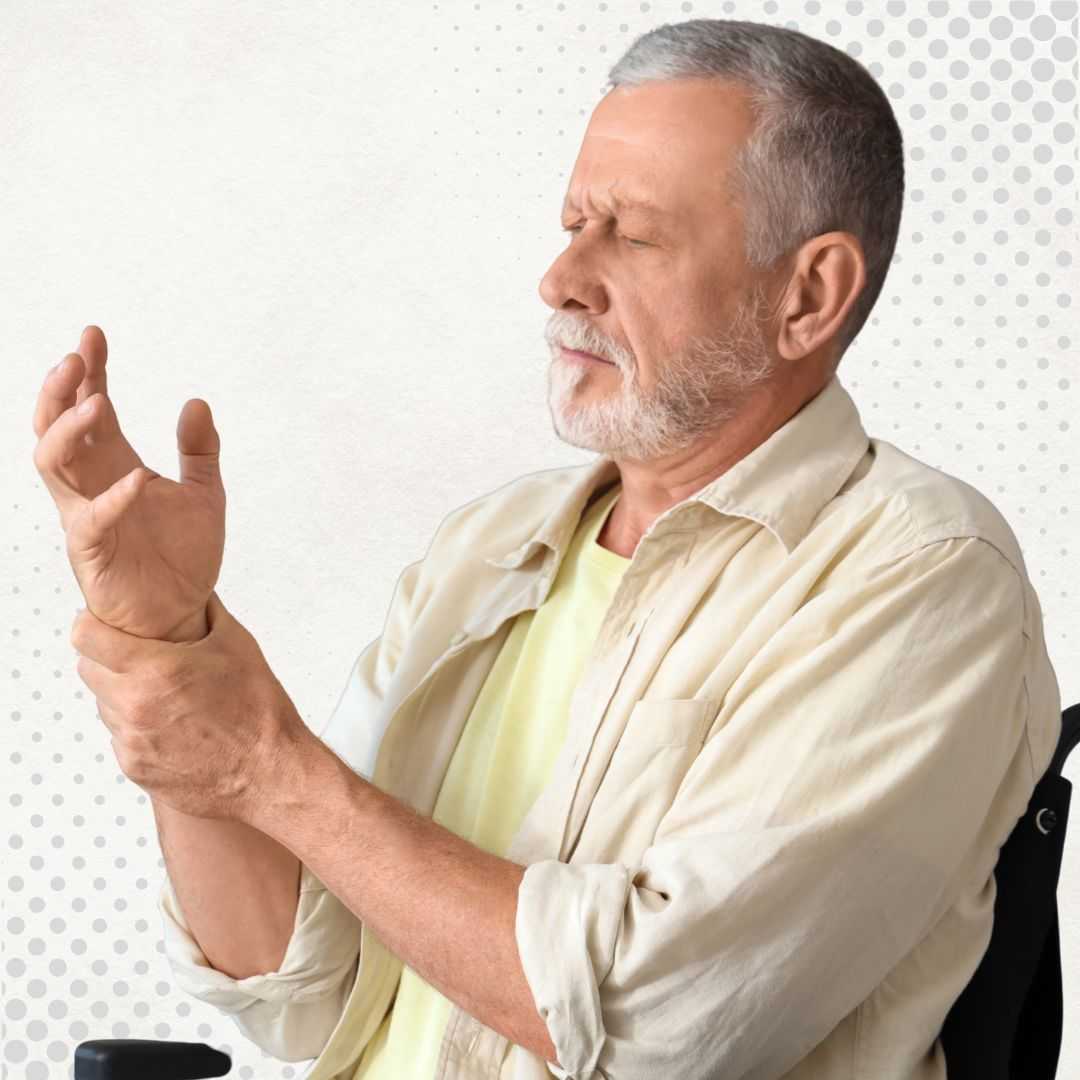


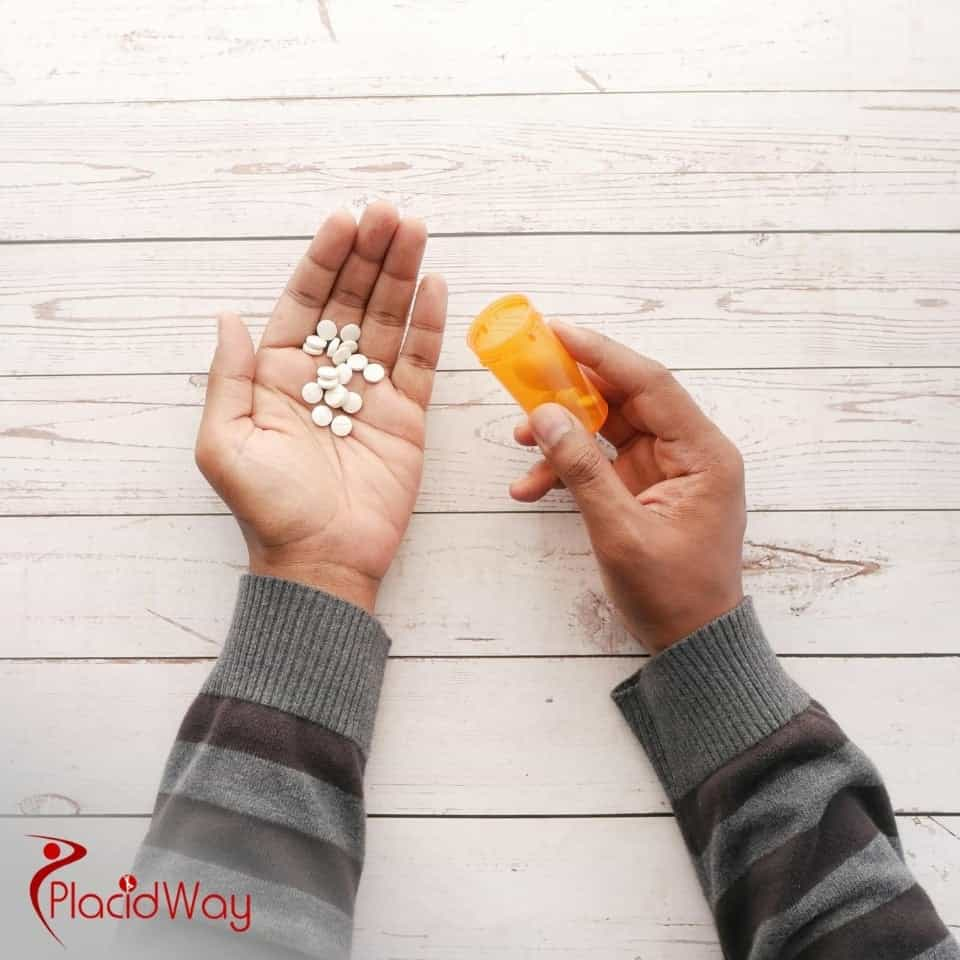
.png)
.png)
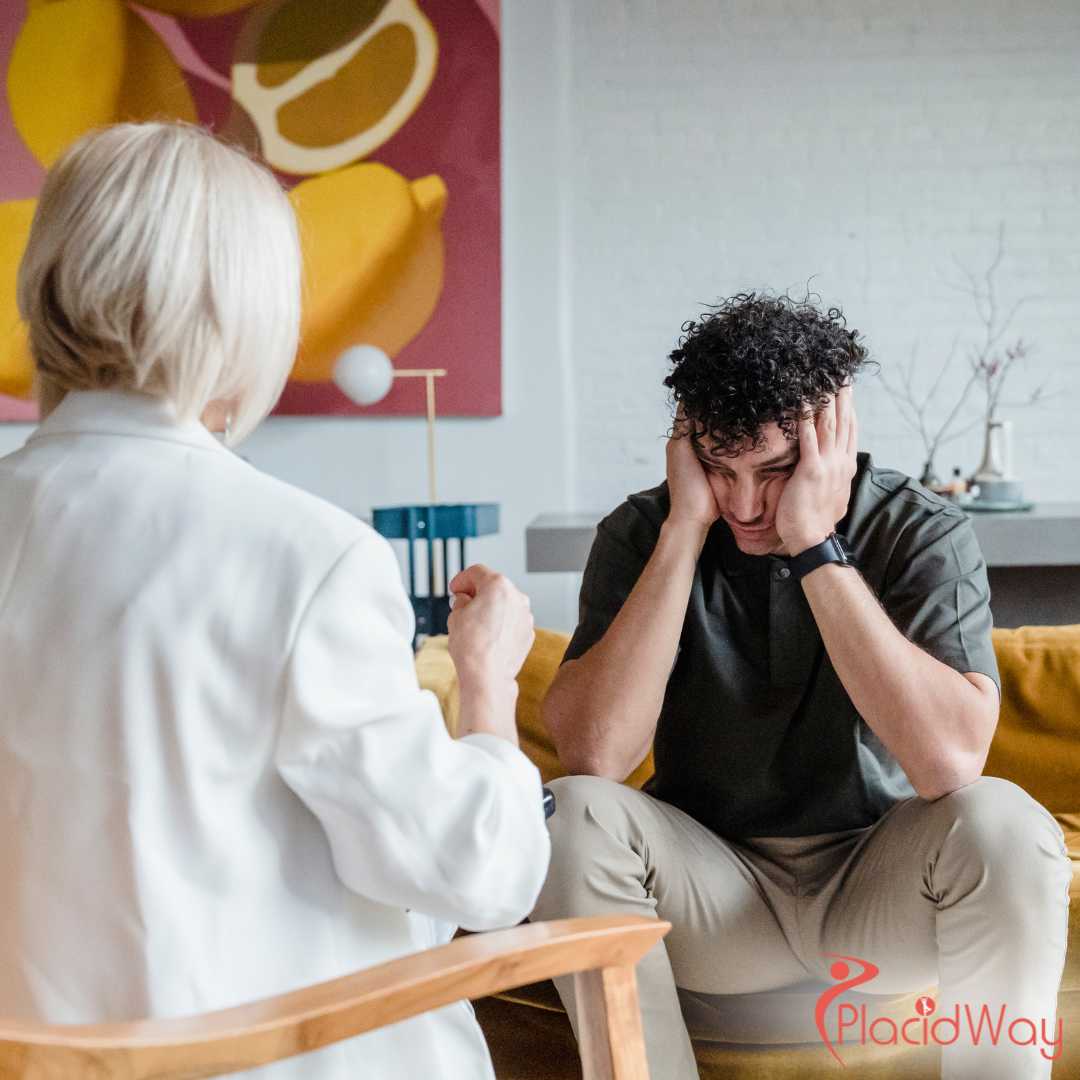


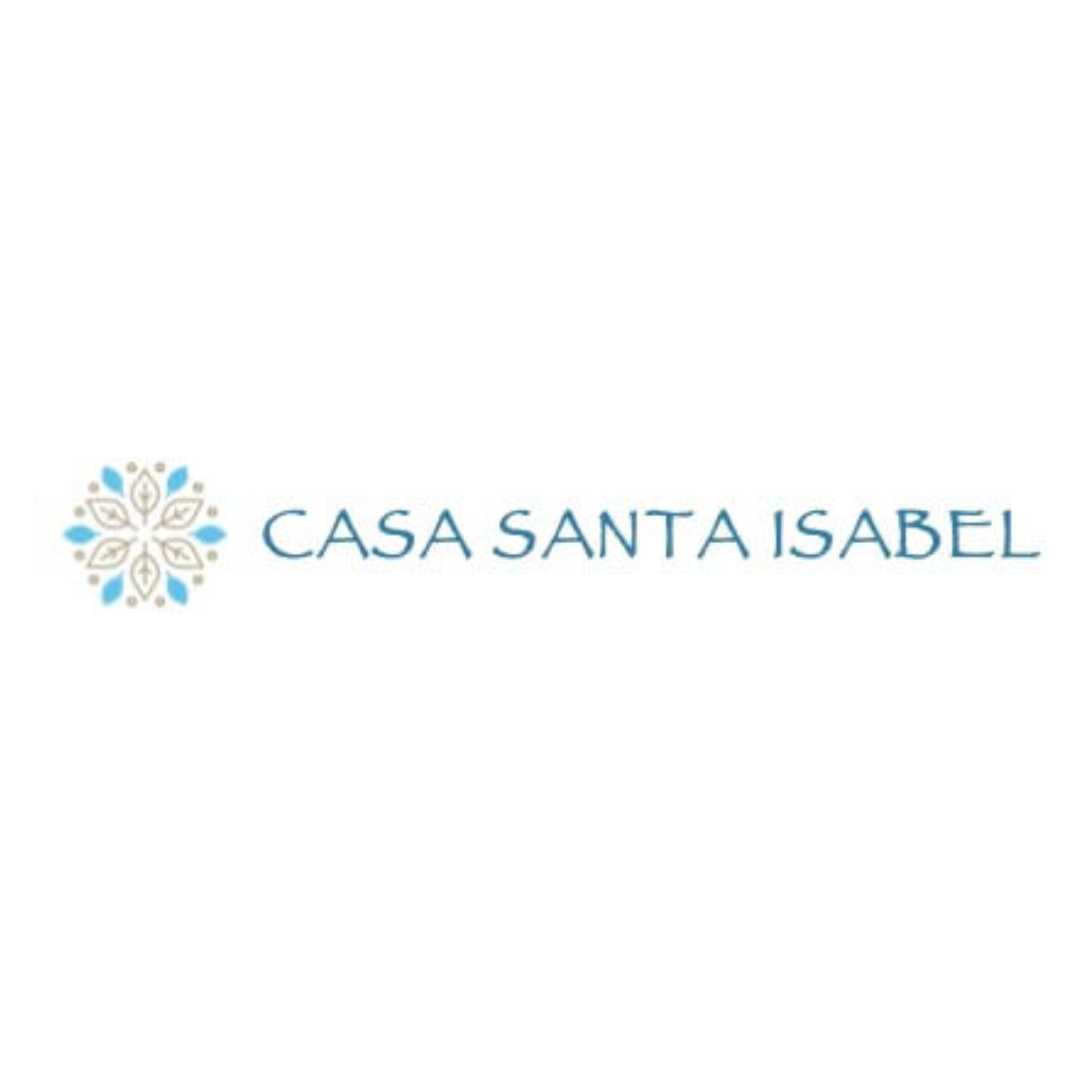
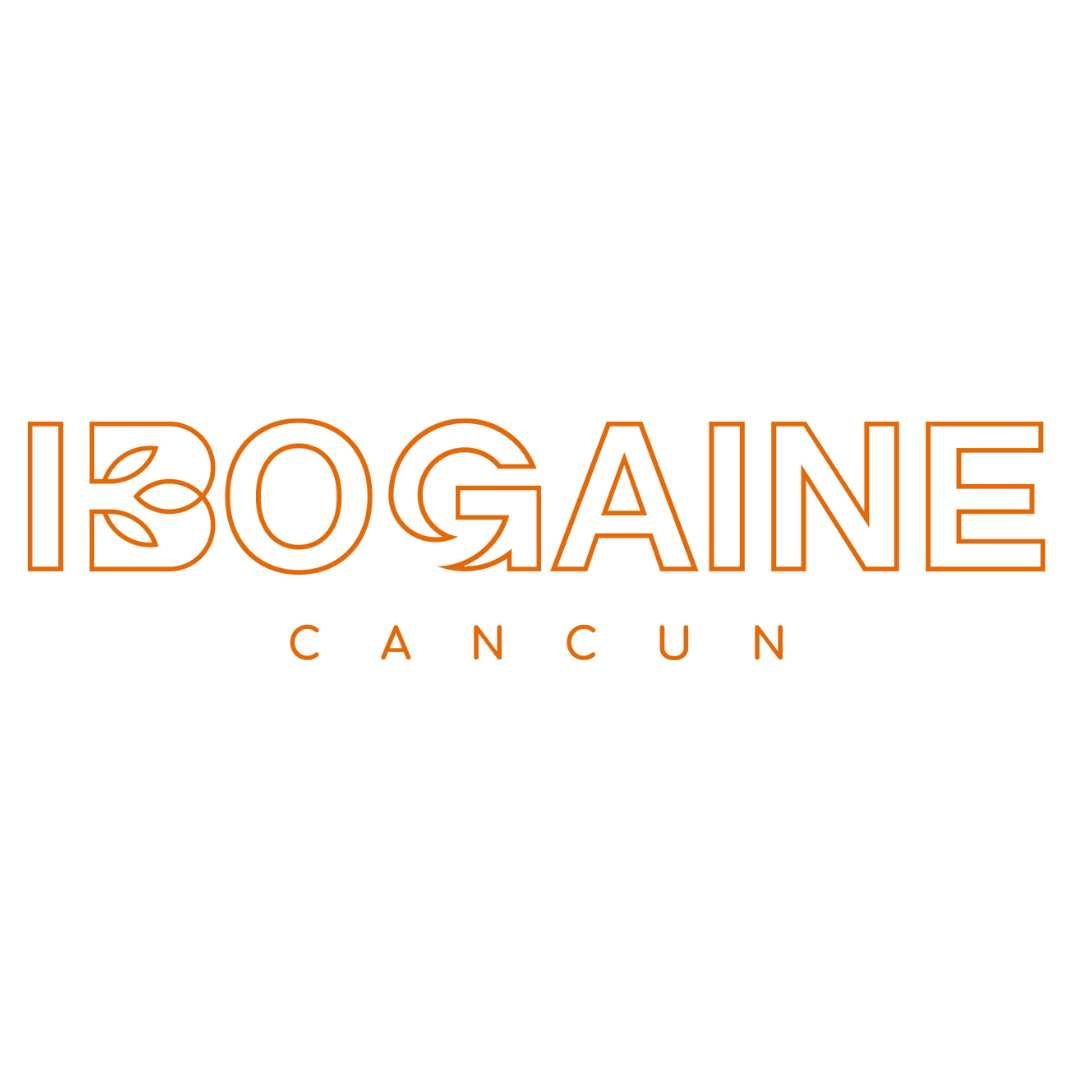
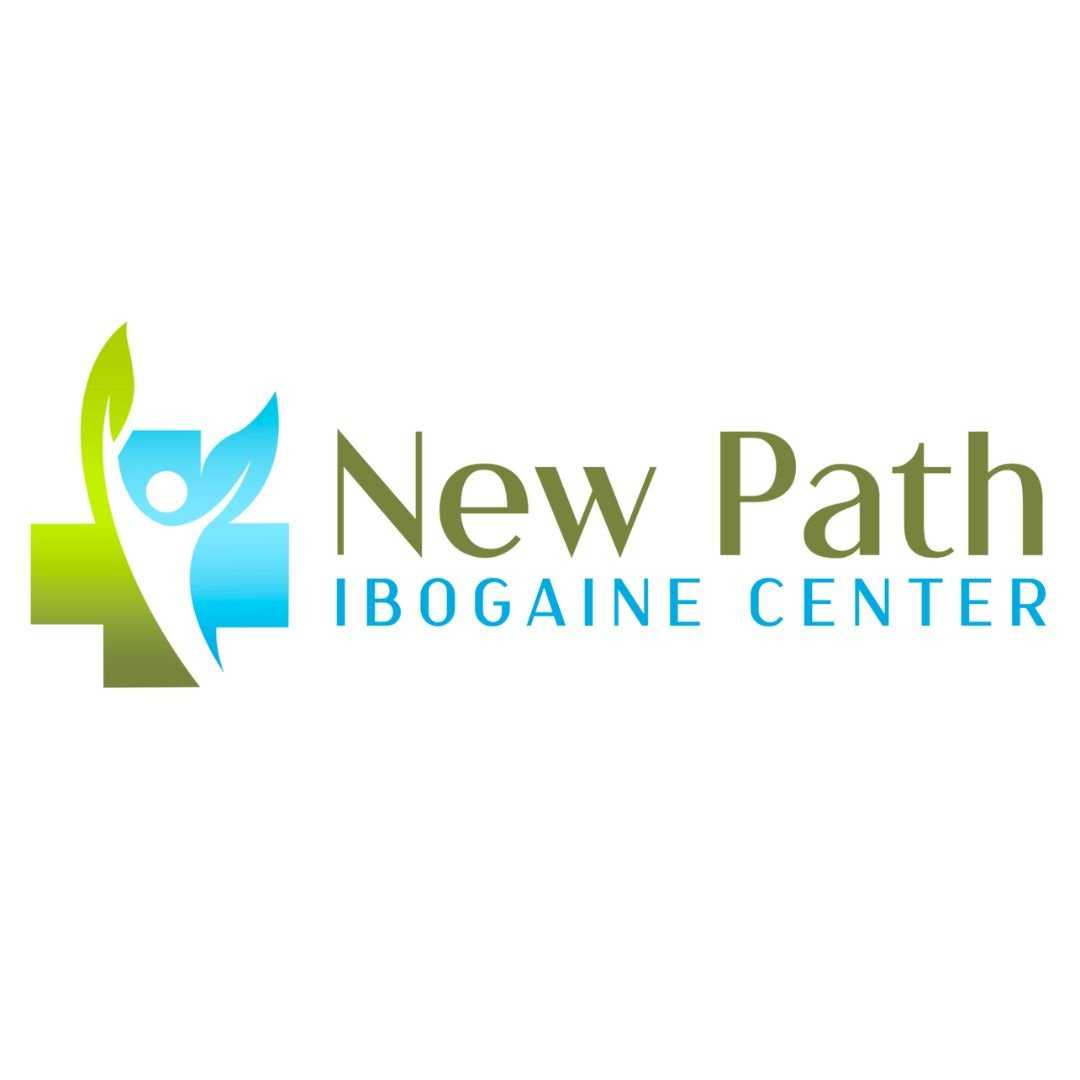

Share this listing